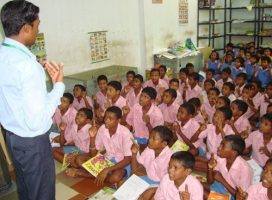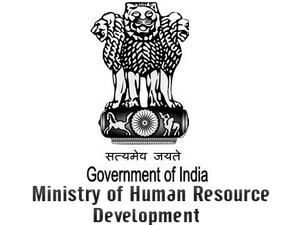
The Right of Children to Free and Compulsory Education (RTE) Act, 2009 in its Schedule lays down Pupil Teacher Ratio (PTR) for both primary and upper primary schools. At primary level the PTR should be 30:1 and at the upper primary level it should be 35:1. The Rashtriya Madhyamik Shiksha Abhiyan (RMSA) framework stipulates that the PTR at secondary level should be 30:1.
As per Unified District Information System For Education (UDISE) the PTR at national level for elementary schools is 24:1 and for secondary schools it is 27:1. The PTR in most of the States and UTs is found to be satisfactory. However, since some schools have lesser teachers than the required number, it is clear that while there are sufficient teachers, the main issue is their correct deployment.
Globally, there are variations in the optimum number of students taught in a particular class and as such the data is not uniformly comparable. Data from the UNESCO Institute of Statistics on PTR in primary schools shows that India has a national PTR comparable to countries with similar social-economic indicators.
The recruitment, service conditions and redeployment of teachers are primarily in the domain of respective State Governments and UT Administrations. However, the Central Government through the flagship programmes of Sarva Shiksha Abhiyan (SSA) at elementary level and Rashtriya Madhyamik Shiksha Abhiyan (RMSA) at secondary level provides assistance to the State Governments and UTs for additional teachers to maintain appropriate PTR as per the prescribed norms for various levels of schooling.
The Central Government has been consistently pursuing the matter of expeditious recruitment and redeployment of teachers with States and UTs at various fora. Advisories on this issue have also been issued to States and UTs from time to time.







Leave a Reply
You must be logged in to post a comment.